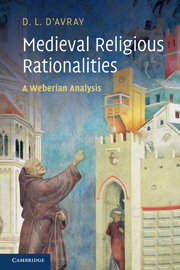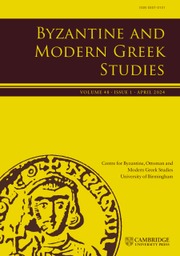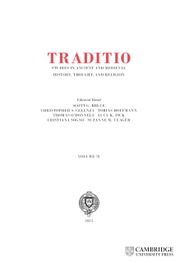The Power of Protocol
How did the papacy govern European religious life without a proper bureaucracy and the normal resources of a state? From late Antiquity, papal responses were in demand. The 'apostolic see' took over from Roman emperors the discourse and demeanour of a religious ruler of the Latin world. Over the centuries, it acquired governmental authority analogous to that of a secular state – except that it lacked powers of physical enforcement, a solid financial base (aside from short periods) and a bureaucracy as defined by Max Weber. Through the discipline of Applied Diplomatics, which investigates the structures and settings of documents to solve substantive historical problems, The Power of Protocol explores how such a demand for papal services was met. It is about the genesis and structure of papal documents – a key to papal history generally – from the Roman empire to after the Council of Trent in the sixteenth century, and is the only book of its kind.
- Provides the expertise required to make sense of papal documents, from the Roman empire to after the Council of Trent in the sixteenth century
- Shows how the technical discipline of Diplomatics can explain how the papacy actually functioned
- Maps uncharted territory in the largely unexplored field of post-Trent papal Diplomatics
Reviews & endorsements
‘The work is equally useful and stimulating for learners as a textbook and for researchers, and thus fully meets its requirements. The consistent pursuit of a thesis sets it apart from other, more thematically oriented handbooks and offers a central thread that the reader can follow, while at the same time being encouraged to critically reconstruct the methodological steps. This makes it highly recommended for both beginners and experienced scientists.’ Aaron Schwarz, Francia-Recensio
‘The work is equally useful to and stimulating for students as a textbook, and for researchers, and thus it entirely delivers on what it promises. The rigorous development of a thesis marks it out from other handbooks which are instead thematically structured, and provides readers [switching to plural to avoid 'he or she'] with a red thread which they can follow, while they are at the same time encouraged critically to analyse the procedures of the method employed. Thus it is strongly to be recommended both to beginners and to experienced experts in the field.' Aaron Schwarz, Francia-Recensio
‘The book’s detailed description of many kinds of documents and how they were prepared is immensely valuable. D’Avray’s work is both synthesis and original argumentation. I think its biggest take-away is that one way or another the system was always remarkably creative, flexible and adaptive.’ Thomas.F. X. Noble, The Journal of Ecclesiastical History
‘One can only thank the author for this introduction to papal diplomacy, which at times also exudes a personal joy of discovery and which includes international research across languages.’ Andreas Rehberg, Quellen und Forschungen aus italienischen Archiven und Bibliotheken
Product details
April 2025Paperback
9781009361125
278 pages
229 × 152 mm
Not yet published - available from March 2025
Table of Contents
- 1. Introduction
- 2. The history of papal diplomatic
- 3. Papal documents, c. 400 – c. 1150
- 4. The religious governance of the Latin world, 1150–1378
- 5. From schism to counter reformation, c. 1450–c.1600
- 6. Retrospective: some long-term continuities
- Reproductions.





.jpg)
.jpg)
